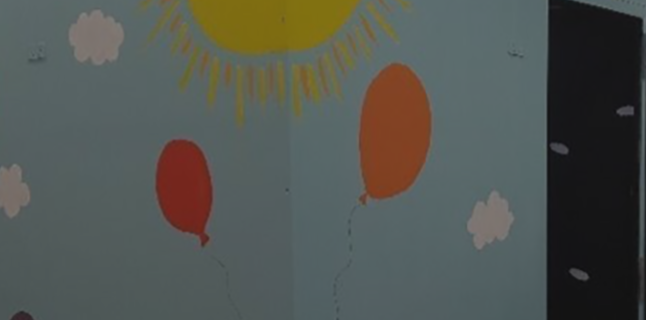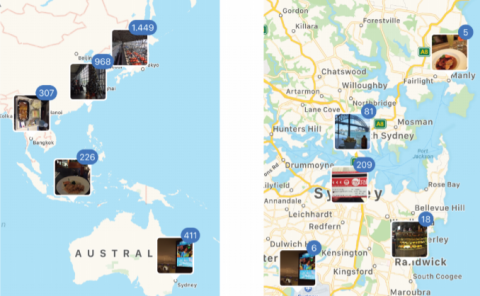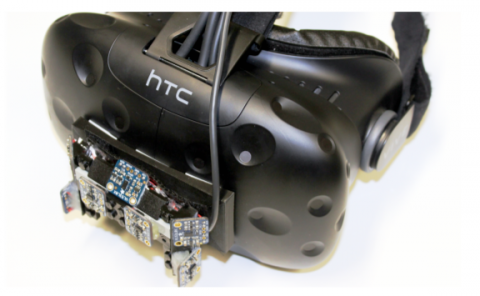Proprioceptive accuracy in Immersive Virtual Reality: A developmental perspective
PubDate: Jan 2020
Teams: University of Padova
Writers: Irene Valori,Phoebe E. McKenna-Plumley,Rena Bayramova,Claudio Zandonella Callegher,Gianmarco Altoè,Teresa Farroni
PDF: Proprioceptive accuracy in Immersive Virtual Reality: A developmental perspective

Abstract
Proprioceptive development relies on a variety of sensory inputs, among which vision is hugely dominant. Focusing on the developmental trajectory underpinning the integration of vision and proprioception, the present research explores how this integration is involved in interactions with Immersive Virtual Reality (IVR) by examining how proprioceptive accuracy is affected by Age, Perception, and Environment. Individuals from 4 to 43 years old completed a self-turning task which asked them to manually return to a previous location with different sensory modalities available in both IVR and reality. Results were interpreted from an exploratory perspective using Bayesian model comparison analysis, which allows the phenomena to be described using probabilistic statements rather than simplified reject/not-reject decisions. The most plausible model showed that 4–8-year-old children can generally be expected to make more proprioceptive errors than older children and adults. Across age groups, proprioceptive accuracy is higher when vision is available, and is disrupted in the visual environment provided by the IVR headset. We can conclude that proprioceptive accuracy mostly develops during the first eight years of life and that it relies largely on vision. Moreover, our findings indicate that this proprioceptive accuracy can be disrupted by the use of an IVR headset.



